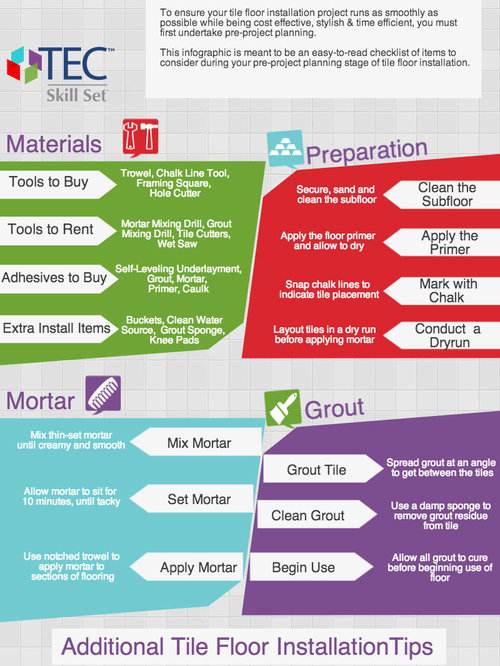How To Budget For Your Floor Covering Job: A Practical Overview
How To Budget For Your Floor Covering Job: A Practical Overview
Blog Article
Material By-Proctor Carlson
When you're preparing a flooring task, budgeting isn't just about choosing a number; it's about recognizing what you absolutely need and the expenses involved. You'll want to assess your specific requirements, study different materials, and anticipate unexpected expenses. Consider exactly how aspects like room purpose and installation methods can impact your budget plan. However prior to you jump in, there are some critical details you may overlook that can dramatically influence your overall expenses. Allow's explore how to browse these complexities and guarantee your project stays on track.
Assessing Your Flooring Demands
Before diving into your flooring job, it's vital to evaluate your floor covering needs. Start by considering the specific locations where you prepare to install brand-new floor covering. Consider the objective of each room. For instance, bathroom and kitchens call for waterproof materials, while living locations could gain from comfort and aesthetics.
Next, examine the status quo of your floors. Are there any type of architectural issues, such as uneven surface areas or moisture issues? Resolving these problems beforehand can save you money and time down the line.
Likewise, bear in mind of the measurements of each area to establish how much floor covering you'll require.
Don't forget to consider your way of life. If you have family pets or young kids, durability might be your top priority, while a more formal room might call for a glamorous coating. Furthermore, think about driveway coating . Do you choose a traditional appearance, or are you attracted to contemporary styles?
Lastly, be realistic regarding how much upkeep you're willing to devote to. Some materials call for more maintenance than others. By comprehending your demands clearly, you'll be better outfitted to make enlightened choices as you move forward with your floor covering project.
Estimating Costs and Materials
Approximating prices and materials is a pivotal step in your flooring project that can significantly affect your total budget. Begin by gauging your area accurately to identify just how much flooring you'll require. For the majority of products, you'll find pricing by square foot, so collect quotes from different providers to get a sensible figure.
Next off, think about the sort of floor covering you want. Alternatives like wood, laminate, tile, or carpet all come with different rate factors. Study the prices for every and consider any type of added materials like underlayment, glue, or transition strips.
Don't neglect to include devices if you're planning a DIY installation, as leasing or purchasing devices can contribute to your costs.
Labor costs are another important factor to consider. If you're working with experts, get estimates from numerous contractors to guarantee you're obtaining a reasonable price. Be clear regarding the range of work to avoid unanticipated charges later on.
Last but not least, it's wise to allot a small percentage of your budget for any kind of unanticipated costs associated with products. By thoroughly approximating your expenses and materials in advance, you'll establish yourself up for a smoother and more workable flooring project.
Preparation for Hidden Costs
Several property owners neglect the concealed expenses that can arise throughout a floor covering task, which can lead to spending plan overruns. To avoid this, you need to plan for possible extra costs.
Initially, consider the condition of your existing subfloor. If it's harmed or uneven, you'll likely need repairs or progressing, which can add significantly to your general cost.
Next off, think of elimination and disposal charges for your old floor covering. Several specialists charge additional for this solution, so factor that right into your budget plan.
In addition, don't forget the prices of underlayment, which might not be consisted of in the first quote yet are important for a successful installation.
You should additionally plan for unforeseen difficulties, such as plumbing or electric job if your floor covering job involves moving components. It's important to set aside a minimum of 10-15% of your complete allocate these unexpected expenses.
Last but not least, remember that authorizations might be required for sure installments. Constantly examine visit their website to stay clear of fines or hold-ups.
Conclusion
Finally, budgeting for your floor covering project is vital for a successful end result. By evaluating your needs, estimating prices, and preparation for covert expenditures, you'll stay clear of surprises and remain on track. Bear in mind to allot a portion of your budget for unforeseen prices and keep a comprehensive breakdown of your expenditures. With cautious preparation and consideration, you'll develop a stunning room that fulfills your demands without breaking the bank. Satisfied flooring!
